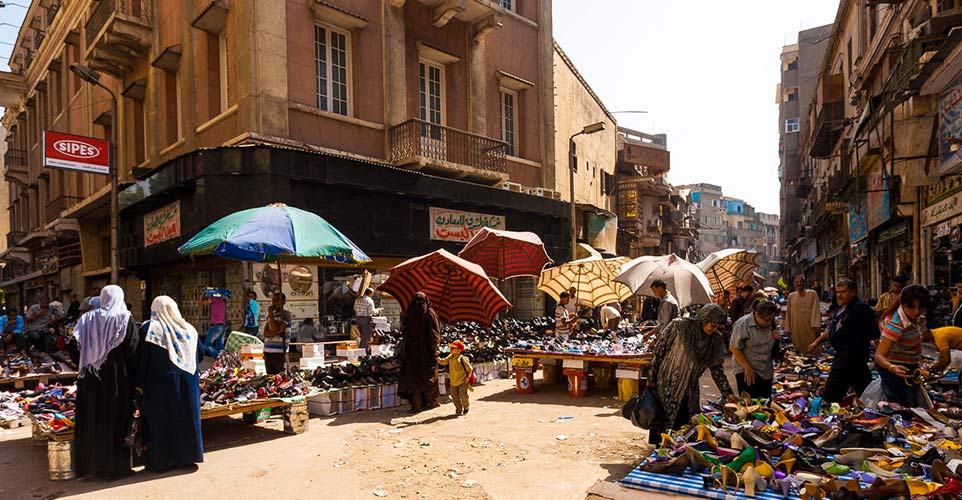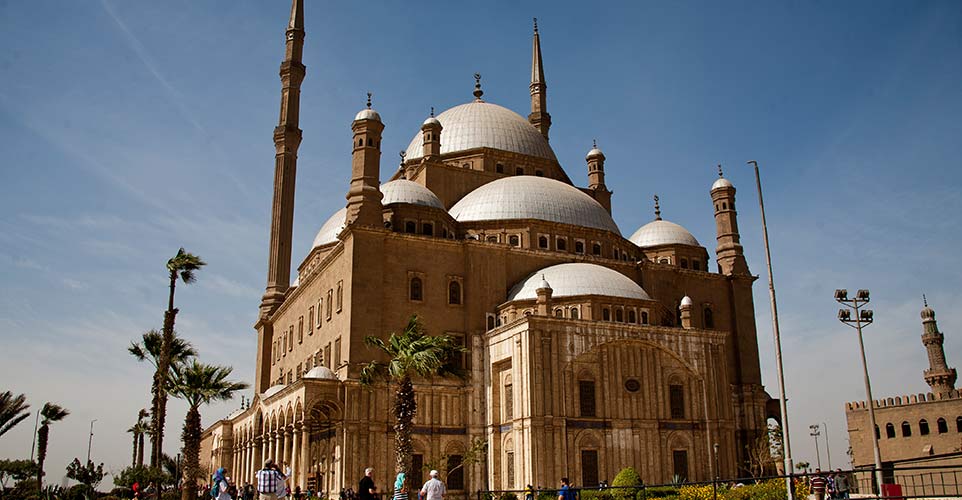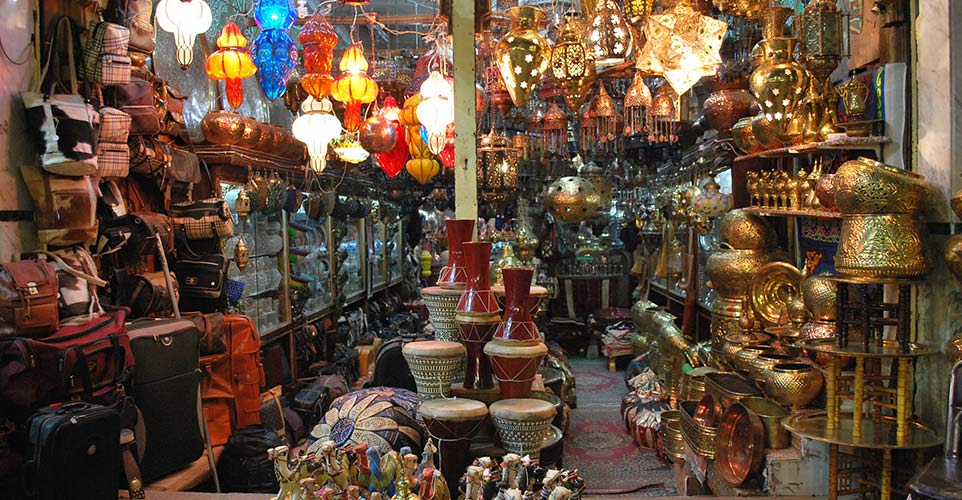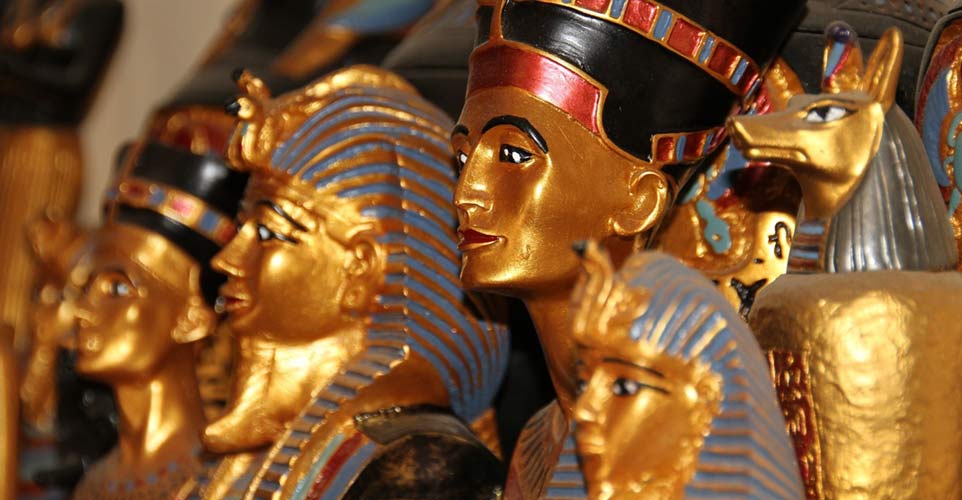Cairo is an Arabian nights’ fantasy, with its rich antiquities and its incredible all-encompassing souks...
At first glance Cairo is so like one of our own Indian cities, it’s uncanny. The same crowded streets, gridlocked with cars, the donkey carts, the apartment buildings with colourful laundry hanging outside most balconies and windows and scores of satellite dishes on roof tops. And people purposefully walking the metropolitan streets, cell phones at their ears. Driving in Cairo is one hand on the horn, with the other waving out the window. Street lanes are clearly painted, and clearly disregarded. Cairo as such is mosque city, there are so many mosques here—in some places barely 5 metres separates two massive mosques. But that’s Cairo. It still contains the relics of ancient times, but now it has a culture all its own. Cairo, Egypt, is al-Qahirah officially, or the Triumphant City, one of the world’s largest urban areas and has much to offer the discerning tourist. It is the administrative capital of Egypt and has within its ambit, many ancient temples, tombs, Christian churches, magnificent Muslim monuments, and of course, the famous Egyptian Antiquities Museum.

A vast valley of sprawling hills and rock cliffs, the Valley of the Kings in Luxor contains the tombs of such rulers as Tutankhamen (King Tut), Ramses the Great, Seti I and Siptah. The Valley of the Kings is one of the most tourist-packed spots in Egypt. And above all, there are the great pyramids of Giza which tower above the crowds of tourists snapping pictures, while Egyptian men in traditional galabias or full-length garments peddle postcards and souvenirs.
It all seems so familiar, as you make your way through narrow rundown streets like the Sharia Ibn-Tulun, full of children, wild roosters and men taking a leak in full public view.

This sense of deja vu will stay with you as you weave your way through the crowds towards one of Cairo’s other great places to see and experience—the old, 14th century souk or bazaar, the Khan al Khalili, which offers an incredible selection of shopping and leisure activities. As in many Asian and Arabic countries, Cairo too, has the old quarter which has stayed largely unchanged since ancient times, and a new section, which has modern air-conditioned centres displaying the latest fashions and gizmos.
The Khan al Khalil is reputed as the haggling capital of the world and is packed with both locals and organised tour groups. It seems as if the bounty of the East is concentrated here; some particularly good buys are spices, perfumes, gold, jewellery, silver, brass and copperware, leatherwork, glass, ceramics and mashrabiya. If you wander into the metal working area of the market you might spot an antique tea pot 200 years old or a brass pot that could be 125 years old.
Papyrus-making is another one Egypt’s well known crafts. Take a peek into a papyrus factory and see how they make their paper out of it. And then how they paint colourful pictures on it (preferably scenes of gods and goddesses or hieroglyphs).
Alabaster carving into vases and other figurines is another local craft in Egypt. In most of the factories where these stone items are made, they will give you a short introduction into how they are done. It is interesting, because they also show you how some fake the granite figures by making them heavier (with cement and old iron parts).

All the camel trotting in Giza and the shopping in the Khan could get you hungry. Try some Egyptian cuisine—try some koshary, a heady mix of pasta, rice, minced meat, beans and other vegetables topped with spices and fried onions. Or head to Groppi, one of Cairo’s oldest and most famous pastry shops. This tearoom and patisserie has been a fixture in Cairo since 1891, and the bakers here stick to their roots by making traditional Egyptian pastries like basboussa, a sponge cake soaked in sugary syrup, and konafah, another sweet creation stuffed with nuts and honey.
Check-out some of the famous street markets, like Wekala al-Balaq, for fabrics, including Egyptian cotton, the Tentmakers Bazaar for appliqué-work, Mohammed Ali Street for musical instruments and if you’ve a yen for camels the Camel Market makes a fascinating trip.
And always remember, bargaining is the rule of the street in Cairo. No matter where you’re going or what you’re buying, you can always bargain yourself into a better deal if you are patient and persistent enough.
One of the pleasures of Cairo is to get lost in the bazaars (souks) and take in the sights, smells and sounds of life in all its confusion and glory. You can shop for carpets, camels, shoes, books and veils or whatever else takes your fancy. Another place that gets good reviews from souvenir shoppers is the Khan Misr Touloun also located in medieval Cairo, just in front of the Mosque Ibn Touloun.

And if you’re feeling adventurous enough, then head out to a small village that is some 12 km away from Giza, called Kerdasaa, better known as The Cotton Village. Egyptian cotton is best here and cheaper than anywhere else.
Cairo provides great culture, with its art galleries and music halls. It has some of the grandest accommodations and restaurants in the world, such as the Four Seasons and the Cairo Marriott. But one of Cairo’s treats is its people who think nothing of going out of their way to help. The smallest gesture or tip will earn you a warm smile and a shokran jazeelan—thank you very much.
